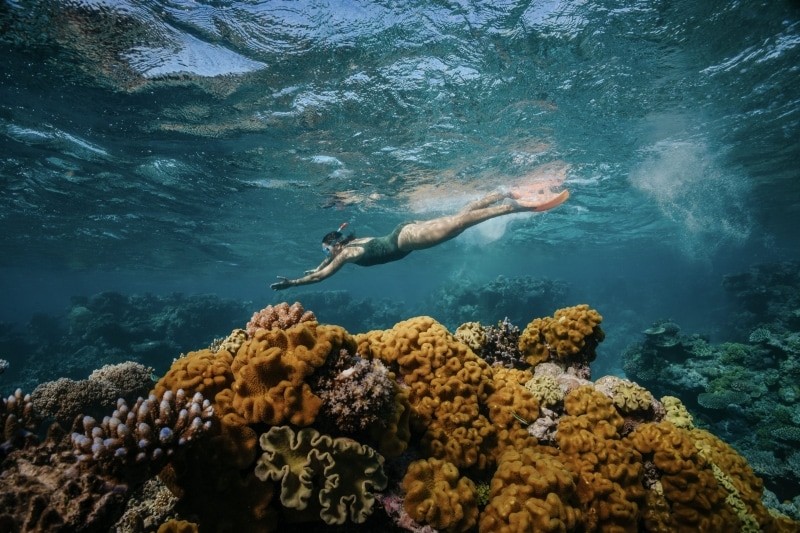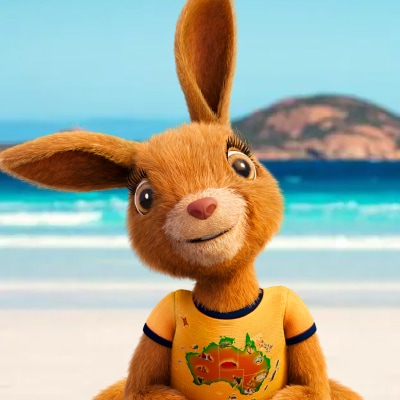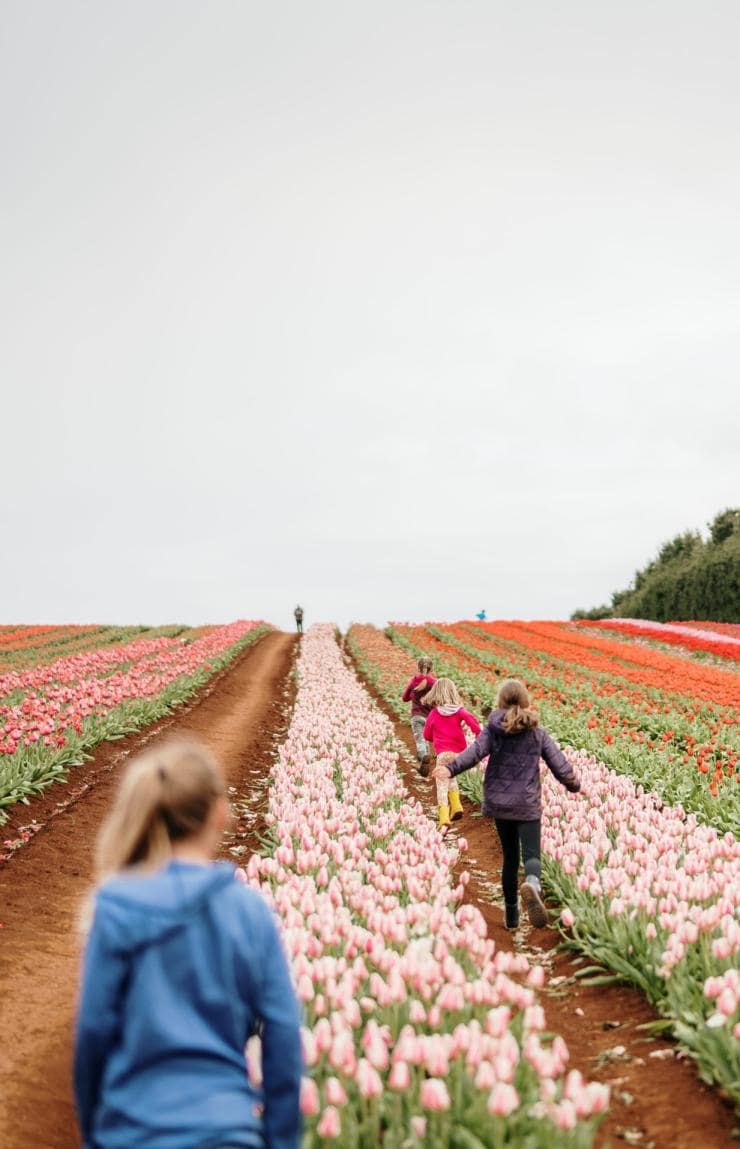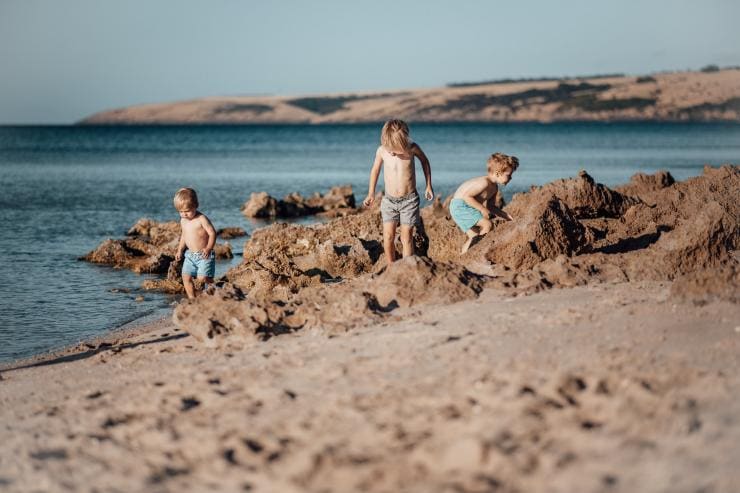Family travel in Australia
With incredible wildlife, nature and the kinds of experiences every kid dreams of, family memories are made in Australia.
Top family experiences
Top family destinations
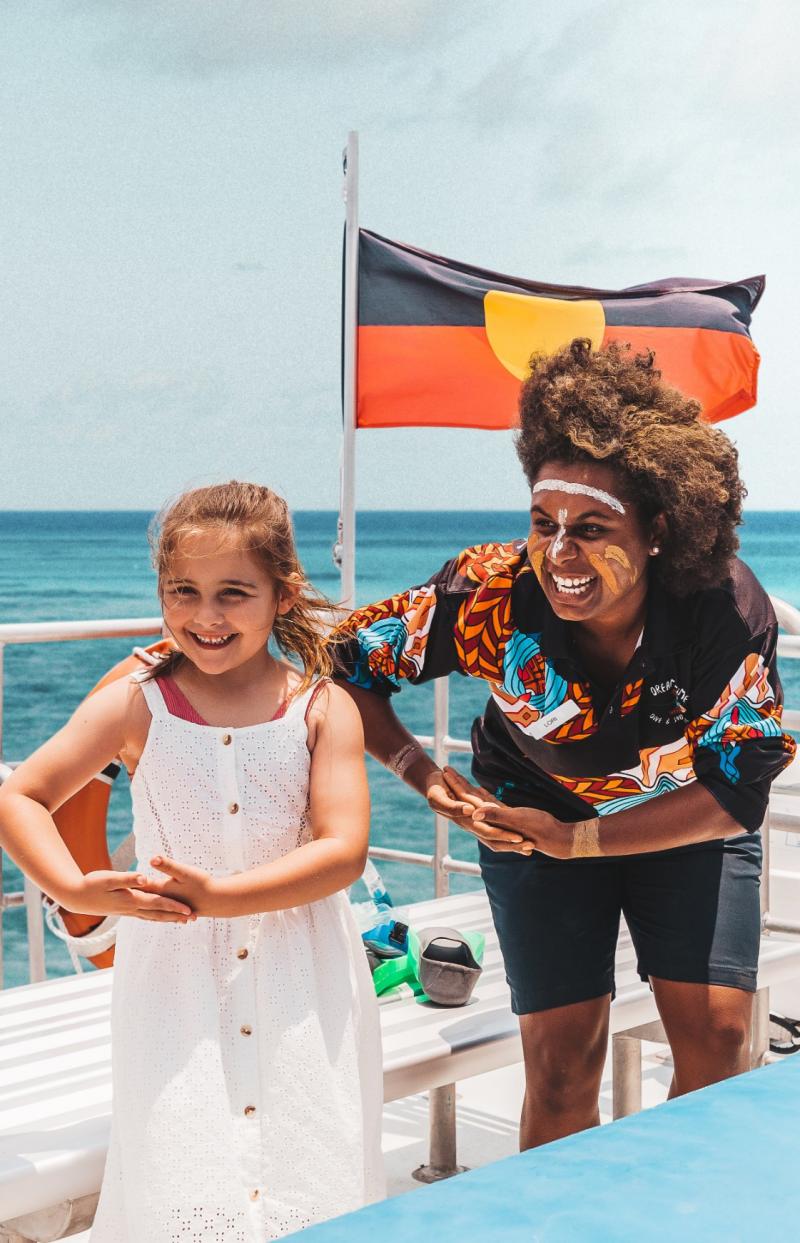
Family-friendly Aboriginal experiences
Aboriginal and Torres Strait Islander tourism experiences create incredibly powerful impressions and lasting memories.
Family-friendly Aboriginal experiences
Aboriginal and Torres Strait Islander tourism experiences create incredibly powerful impressions and lasting memories.
